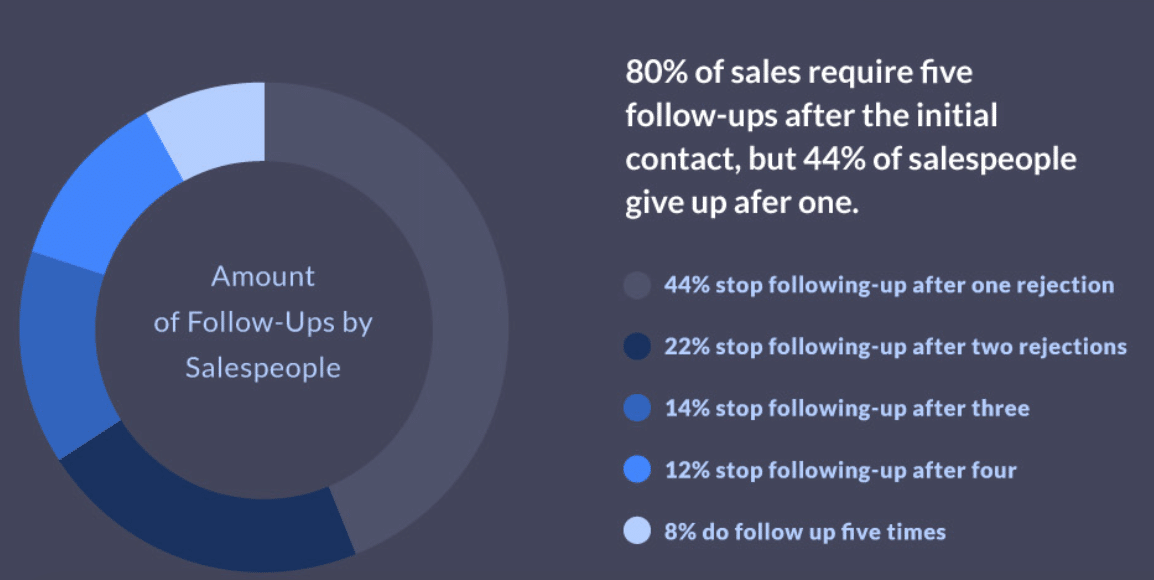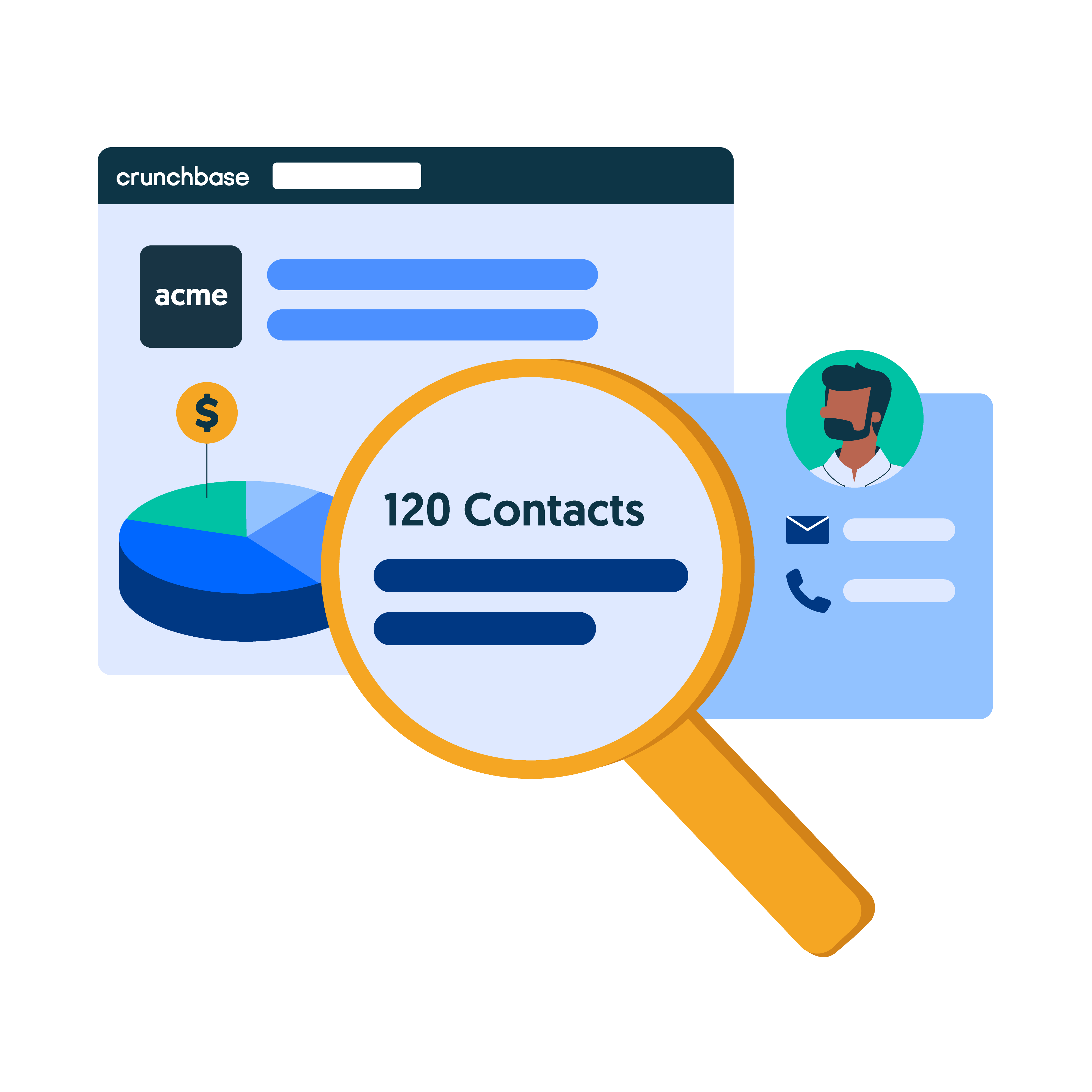In part one of the sales crunch-time blog series, we looked into end-of-quarter time management strategies and efficient prospecting. In part two, we’ll look more deeply into prioritizing your prospects and contacting leads to get the best results.
Score your leads
Time is of the essence, so weeding out bad sales leads is probably most important in the fourth quarter. Once you’ve determined the distribution of your pipeline (top-heavy or bottom-heavy), you’ll want to score your opportunities by their probability of closing. This will determine where your efforts should be focused.
Here are the categories to consider for grouping your prospects:
Find targeted new accounts and upgrade to Crunchbase Pro to help close out your quarter strong>
Sales leads that permitted you to re-engage.
Build a list of prospects that dried up but agreed that you could reach back out to them in due time. These could be easy wins should their circumstances have changed since you last spoke.
Sales leads that match your ideal customer profile.

Photo Credit: Xerago
Find prospects that you already have in your database that are similar to your current customers. You know that these leads could be a good fit for your product or service based on past sales wins. If available, share case studies and testimonials from similar companies to ease the prospect’s hesitation.
Review all inbound sales leads.
A potential customer that reaches out to you is a lead that is actively searching for a solution like yours. Inbound leads should be followed up with immediately. However, if there are some that slipped through the cracks throughout the year, now is the time reach out and see if they’re still looking for your product or service.
Reach out to any uncontacted prospects.
This is more of a discovery effort, but you never know when you’ll come across a diamond in the rough. Any sales leads, inbound or outbound, that have no contact history are opportunities to make a sale. At the very least, you may be able to add them to your pipeline for the following year.
Score and rank the prospects that you’ve already built some rapport with at the top of your list. From there, add any new opportunities from the buckets above to round out your pipeline.
Reaching out to prospects
Once you’ve got your ranked list of prospects together, it’s time to start outreach. Expedite your process, without sacrificing quality, with these approaches.
Remind them of prior conversations.
For companies that you’ve already pitched, briefly remind them of who you are, what your company offers and how it can address their specific needs and where the conversation ended. Whether by phone or email, this introduction enables you to start the conversation without having to begin from square one.
Package up supplemental information.
The quality of your supplemental documentation can be very helpful at the end of the year. Sharing relevant information like one-sheeters or case studies with decision-makers can be a great way to start (or restart) the sales conversation. Be prepared to speak to this material as necessary.
Always follow up.
Once you get a lead on the phone and the call is coming to a close, agree on a firm timeframe to follow up. When you’re faced with an end of year deadline, there’s no time for tentative plans. Most deals require multiple follow-ups, so the quicker you can progress your deal the better.

Photo Credit: Propeller CRM
Cold call if necessary.
Relying on cold calling techniques to meet your sales quota is risky; especially on a shortened timeline. Cold calls often take several different touches, well-tailored scripts, and a little luck to see valuable returns. But according to Salesforce, 92% of all customer interactions still take place over the telephone. Cold calling may not be ideal for trying to close end-of-quarter deals, but it is one of your better options if you’ve run out of leads.
How Crunchbase Pro can help you hit your end-of-year sales targets
Crunchbase Pro is the leading source of startup company news and data. Filter results to your exact specification so you can monitor, and even anticipate, business changes that make your product or service more valuable to a company. With this information, you can better rank the prospects in your sales pipeline and create an effective outreach strategy.
In the third and final part of our sales crunchtime blog series, we’ll explore how to follow up with prospects in order to close deals and how to set yourself up with a strong pipeline for the start of next year.







